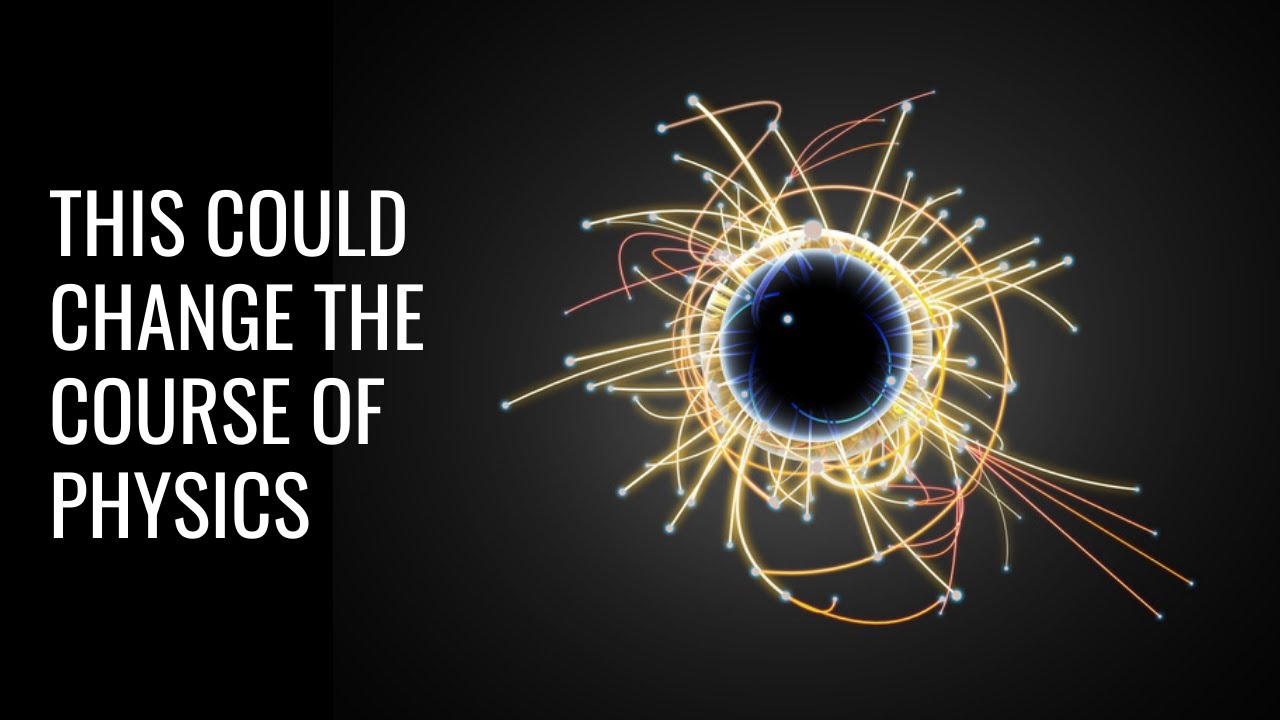Oxford physicists have discovered a subatomic particle that can transition between matter and antimatter, and that could have a huge impact on how we look at the universe.
Using the Large Hadron Collider at CERN, the researchers discovered that charm mesons — subatomic particles that have both a quark and antiquark — can spontaneously switch between particle and antiparticle states, according to The New Atlas.
Previously, researchers just thought that charm meson “merely” traveled as a mix of matter and antimatter. Now they know that it can switch between the two states based on data gathered through experiments with the collider. A preprint of the scientists’ findings can be found on arXiv.
Particle physics might finally solve a long-standing cosmology puzzle. For the first time, physicists have observed a new particle changing into an antiparticle and back again. The new particle is the charm meson, containing a charm quark and an anti-up quark. For more than ten years, it was known that the charm mesons could travel as a mixture of their particle and antiparticle state. However, for the first time, they have been found to oscillate between the two states.
Furthermore, measurements have shown that these particles differ by 10^(-38) grams. That’s a hundred trillion trillion trillion times smaller than a gram. This negligible mass difference was measured with copious data and precise measurements. In laboratory systems, charm meson particles are produced in proton-proton collisions in particle accelerators. Before decaying or transforming into other particles, they travel only a few millimeters. The researchers compared the charm meson particles that decayed after traveling a short distance with those that travel a little further to measure the mass difference between the two classes of the particles. Apart from the charm meson, only one particle has been seen to oscillate in this way; the strange beauty meson. But what makes the discovery impressive is that in the case of charm mesons, the oscillation is very slow, making the transition extremely difficult to be measured within the short time of 40 picoseconds that the meson takes to decay.
This discovery has opened up a new door for particle exploration. It can potentially prove to be a significant step in solving the mystery of matter-antimatter asymmetry and shed some light on why our Universe is entirely made up of matter, even though matter and antimatter were created in equal amounts after the big bang.
Research Paper: https://arxiv.org/abs/2106.03744
The matter-antimatter asymmetry problem
The Big Bang should have created equal amounts of matter and antimatter. So why is there far more matter than antimatter in the universe?
The Big Bang should have created equal amounts of matter and antimatter in the early universe. But today, everything we see from the smallest life forms on Earth to the largest stellar objects is made almost entirely of matter. Comparatively, there is not much antimatter to be found. Something must have happened to tip the balance. One of the greatest challenges in physics is to figure out what happened to the antimatter, or why we see an asymmetry between matter and antimatter.
Antimatter particles share the same mass as their matter counterparts, but qualities such as electric charge are opposite. The positively charged positron, for example, is the antiparticle to the negatively charged electron. Matter and antimatter particles are always produced as a pair and, if they come in contact, annihilate one another, leaving behind pure energy. During the first fractions of a second of the Big Bang, the hot and dense universe was buzzing with particle-antiparticle pairs popping in and out of existence. If matter and antimatter are created and destroyed together, it seems the universe should contain nothing but leftover energy.
Nevertheless, a tiny portion of matter – about one particle per billion – managed to survive. This is what we see today. In the past few decades, particle-physics experiments have shown that the laws of nature do not apply equally to matter and antimatter. Physicists are keen to discover the reasons why. Researchers have observed spontaneous transformations between particles and their antiparticles, occurring millions of times per second before they decay. Some unknown entity intervening in this process in the early universe could have caused these “oscillating” particles to decay as matter more often than they decayed as antimatter.
Consider a coin spinning on a table. It can land on its heads or its tails, but it cannot be defined as “heads” or “tails” until it stops spinning and falls to one side. A coin has a 50-50 chance of landing on its head or its tail, so if enough coins are spun in exactly the same way, half should land on heads and the other half on tails. In the same way, half of the oscillating particles in the early universe should have decayed as matter and the other half as antimatter.
However, if a special kind of marble rolled across a table of spinning coins and caused every coin it hit to land on its head, it would disrupt the whole system. There would be more heads than tails. In the same way, some unknown mechanism could have interfered with the oscillating particles to cause a slight majority of them to decay as matter. Physicists may find hints as to what this process might be by studying the subtle differences in the behaviour of matter and antimatter particles created in high-energy proton collisions at the Large Hadron Collider. Studying this imbalance could help scientists paint a clearer picture of why our universe is matter-filled.
https://futurism.com/the-byte/particles-switch-matter-antimatter
